DIAGNOSTIC RESPONSE:
DNS, RPR
CIRCUIT DESCRIPTION:
The Transmission Control Module (TCM) uses input from the turbine speed and output speed sensors to determine the current commanded for steady-state gear ratio. The TCM then compares the known gear ratio to the calculated gear ratio for the current range.
This DTC test determines if the on-coming clutch controlled by Pressure Control Solenoid 6 (PCS6) engages during a forward range shift. PCS6 controls the C6 clutch for Low range in 3700/4700/4800 transmission models. PCS6 controls C6 clutch for Reverse 2 in the 4700/4800 model.
CONDITIONS FOR RUNNING THE DTC:
1. Hydraulic system is pressurized.
2. Hydraulic default condition not present.
3. Output speed is above 125 rpm.
4. Turbine speed above 60 rpm.
5. Engine initialization or shutdown is not in process.
CONDITIONS FOR SETTING THE DTC:
DTC P2808 sets when the TCM detects the on-coming clutch did not maintain engagement after 2 seconds during the range shifts that require PCS6 to control C6 clutch.
ACTION TAKEN WHEN THE DTC SETS:
When DTC P2808 is active, the following conditions will occur:
1. If DTC goes active while making a forward range shift (e.g., 1-2) ,the transmission returns to the previous range. If DTC goes active during a shift to reverse or neutral, the transmission shifts to neutral. Once shifting is complete, the attained range is locked in range.
2. While diagnostics response is active, the TCM ignores shift selector inputs.
3. The CHECK TRANS light illuminates.
4. DTC is stored in the TCM history.
5. TCM inhibits TCC engagement.
6. TCM freezes shift adapts (DNA).
CONDITIONS FOR CLEARING THE DTC/CHECK TRANS LIGHT:
Use the diagnostic tool to clear the DTC from the TCM history. The TCM automatically clears the DTC from the TCM history if the vehicle completes 40 warm-up cycles without the DTC recurring.
DIAGNOSTIC AIDS:
NOTE: This DTC requires Clutch Test using the diagnostic tool to detect clutch slip during a partial stall and also to pressurize clutches for measurement without needing to drive the vehicle. Note that main pressure and clutch pressures are reduced when the Main Mod Solenoid is energized. Low commanded Main Mod solenoid pressures shown in Data Monitor correlate to reduced main pressure and clutch pressures. Main pressure is reduced by Main Mod in N (Neutral), 1 (First Range), and 2 (Second Range) when engine speed is below 1500 rpm. High Main Mod commanded pressures correlate to no reduction in main pressure and clutch pressures. Refer to First Steps and Tips for Troubleshooting and OEM Technician’s Library for more information about the action requests for Clutch Test, Full Main Pressure Test, and also the procedure for Stall Testing.
DTC P2808 may be caused by:
1. Output speed sensor signal circuit issues.
2. Turbine speed sensor signal circuit issues.
3. Low clutch pressures, main pressure, or control main pressure.
4. Control module issues like stuck/sticky valves, mechanically defective solenoids, broken springs, damaged valve bores, plugged suction filter, damaged gaskets, excessive leaks to exhaust, etc.
5. Transmission issues such as damaged output speed sensor wheel slot, worn and/or damaged seals or seal rings, dislocated snap rings worn clutch packs, rotating drum damage (affecting turbine speed pickup), debris, excessive hydraulic circuit leaks to exhaust or other hydraulic circuits.
NOTE: Damage to the output speed sensor wheel slot is an indication the driveline does not meet ATI specifications. Correct all driveline issues before putting transmission back in service.
6. Issue with TCM.
7. A high resistance circuit in Shift Solenoid 1 (SSI) low side solenoid wire (W151) may cause this code. There may be a P0973 in history with this code. SS1 strokes he C2 latch valve when energized. A high resistance connection may not fully energize the SS1 in order to stroke the C2 latch. Check for expanded terminals, broken/loose connectors, loose pin crimps, or damaged W151 in chassis harness. Check condition of wire harness in control valve module and the SS1 resistance if needed.
8. PCS6 controls the C6 clutch. However, this code may also occur when any other clutch did not maintain engagement while C6 is commanded.


 AGCO
AGCO ALLISON
ALLISON BENDIX
BENDIX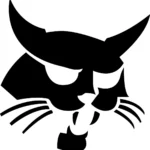 BOBCAT
BOBCAT CAT
CAT CLAAS
CLAAS CNH
CNH DAF
DAF DETROIT
DETROIT EATON
EATON FREIGHTLINER
FREIGHTLINER HINO
HINO HITACHI
HITACHI ISUZU
ISUZU JCB
JCB JOHN DEERE
JOHN DEERE JPRO
JPRO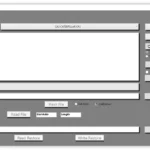 MAGIC TUNER
MAGIC TUNER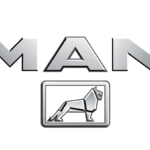 MAN
MAN Navistar
Navistar PACCAR
PACCAR PERKINS
PERKINS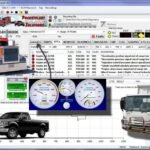 PF DIAGNOSE
PF DIAGNOSE PSI POWERLINK
PSI POWERLINK RENAULT
RENAULT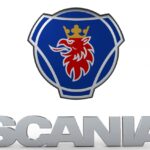 SCANIA
SCANIA THERMO KING
THERMO KING UD NISSAN
UD NISSAN VOLVO
VOLVO WABCO
WABCO ZF TESTMAN
ZF TESTMAN
 BELL
BELL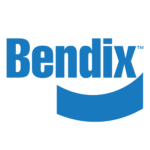 BENDIX
BENDIX BOBCAT
BOBCAT CARRIE
CARRIE DAF
DAF DETROIT
DETROIT EATON
EATON FUSO
FUSO MACK
MACK
 Cumminz
Cumminz ISB4.5 CM2150
ISB4.5 CM2150 All Engines (2017 Emissions)
All Engines (2017 Emissions) PACCAR
PACCAR

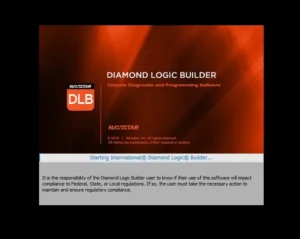
![The DOOSAN EDIA TRUCK STANDART 2.4.0.7 [2023.06] , released in 2023, is a vital tool for diagnosing and maintaining heavy machinery. It offers advanced features crucial for optimizing operational efficiency and minimizing downtime. This software is designed to support various systems and provides real-time diagnostics for multiple types of equipment. Additionally, it includes remote installation support via TeamViewer to ensure a smooth setup process.](https://ecmtrucks.com/wp-content/uploads/2024/08/4455-300x220.png)
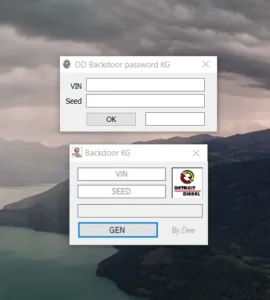
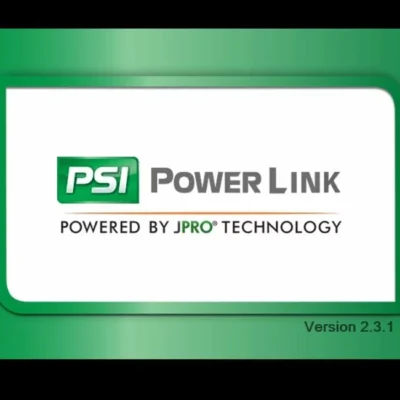
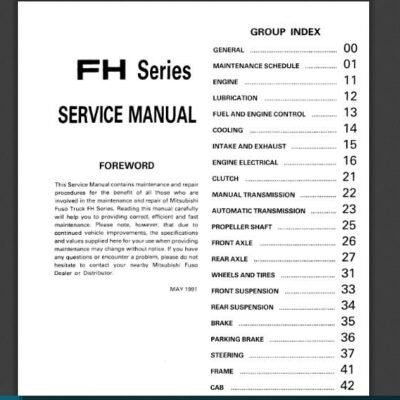
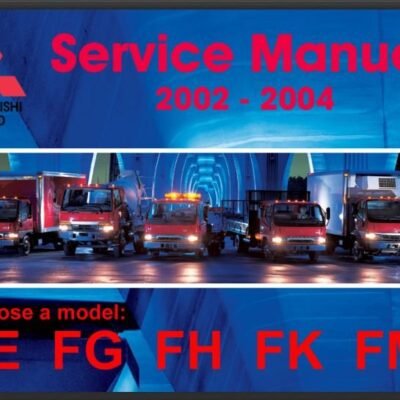
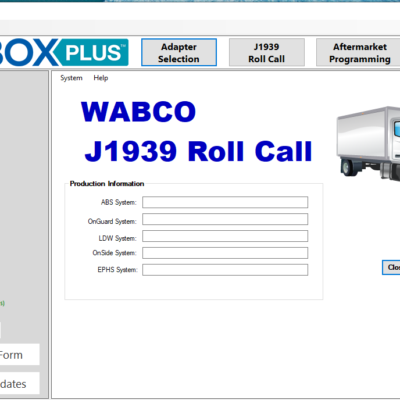
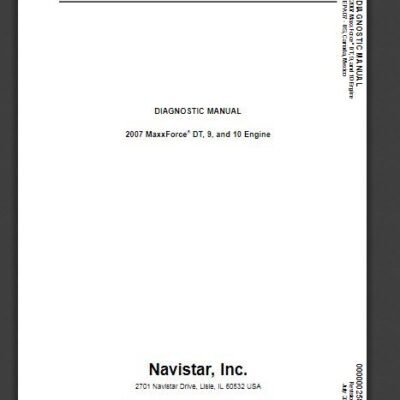

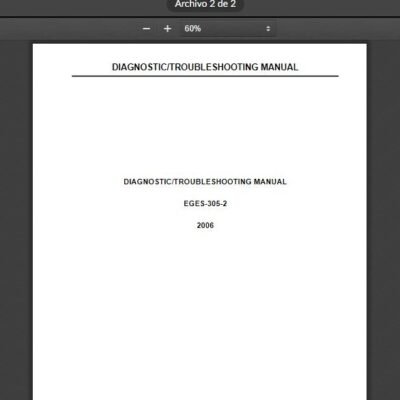




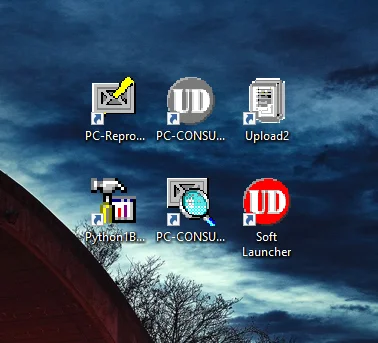
Reviews
Clear filtersThere are no reviews yet.